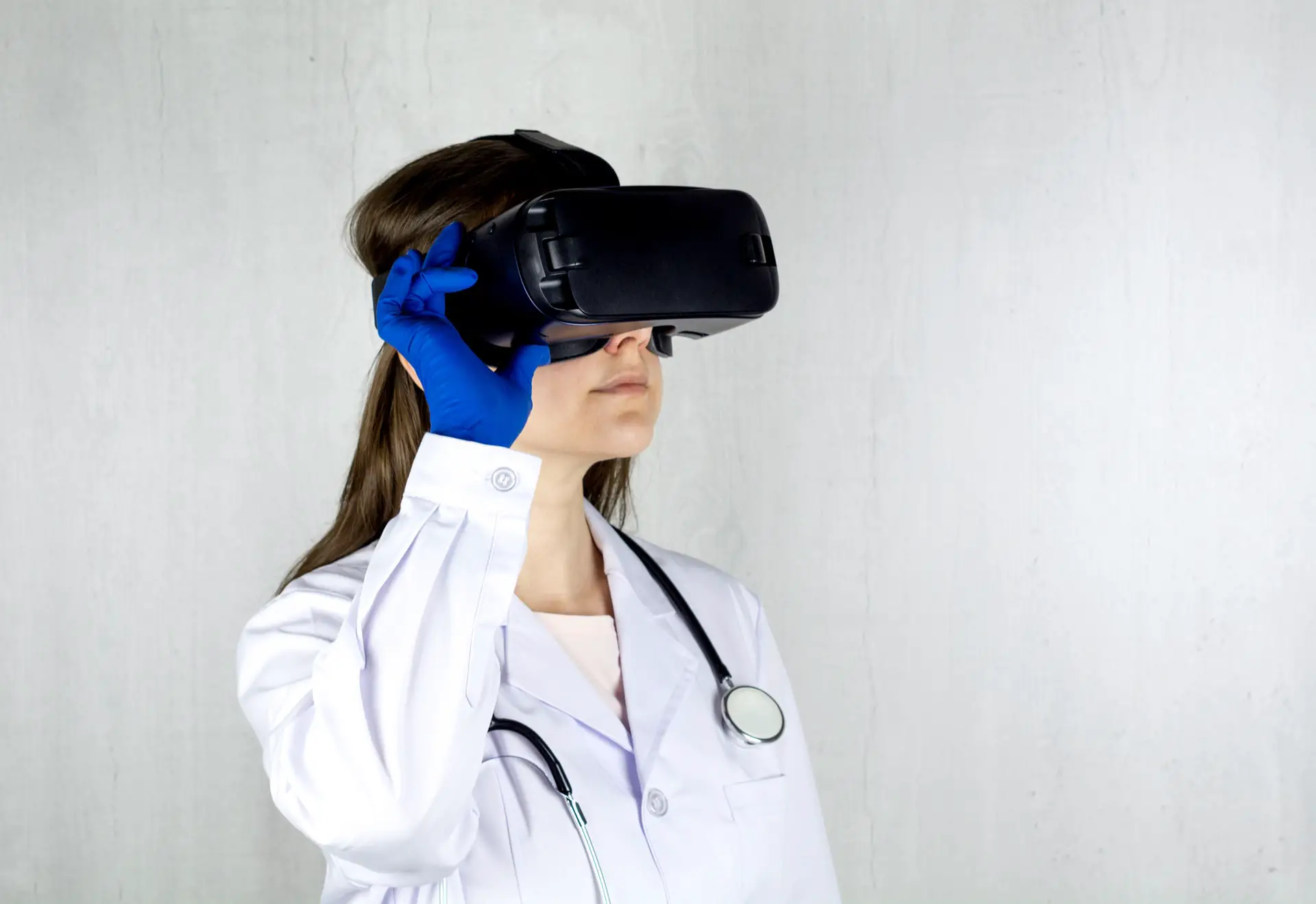The Department of Veterans Affairs has been a frontrunner amongst the civilian federal agencies for adopting emerging technologies such as augmented reality and 5G. Now, the department is looking to leverage 5G to expand AR technology usage to assist doctors during surgeries and improve care for veterans.
Called Project Convergence, the VA has been working on the initiative for over a year and describes it as the “first-ever 5G-enabled augmented reality surgical navigation system,” helping it “deliver the most advanced surgical care available.”
“This trailblazing technology will allow VA health care providers to view patients’ anatomy in pre-surgical preparation and intervention,” as stated by the VA on its website.
The VA is collaborating with Verizon, medical AR technology company Medivis and Microsoft for project implementation. It amalgamates Verizon’s 5G technology with a Food and Drug Administration-approved use case for Medivis’ surgical AR clinical visualization software and Microsoft’s HoloLens 2 headset and Azure cloud service. It has tested the augmented reality “X-ray vision” and superimposed medical images on a patient in a lab setting created using a combination of these technologies.
“We’re right on the cusp of taking that information [and] superimposing it seamlessly on top of the patient in front of you,” said Thomas Osborne, Director of the VA’s National Center for Collaborative Healthcare Innovation. “And so at that point, you literally have X-ray vision.”
AR can help better assess a patient’s condition to administer the most appropriate treatments while helping trainees and patients understand what is happening.
“There’s an opportunity for us to have safer, more effective procedures because we can go in and find the safest path without having to worry about hitting things that you don’t want to hit like vessels and nerves and going to the most precise and efficient way,” Osborne added.
Follow us on LinkedIn
Read other Articles





